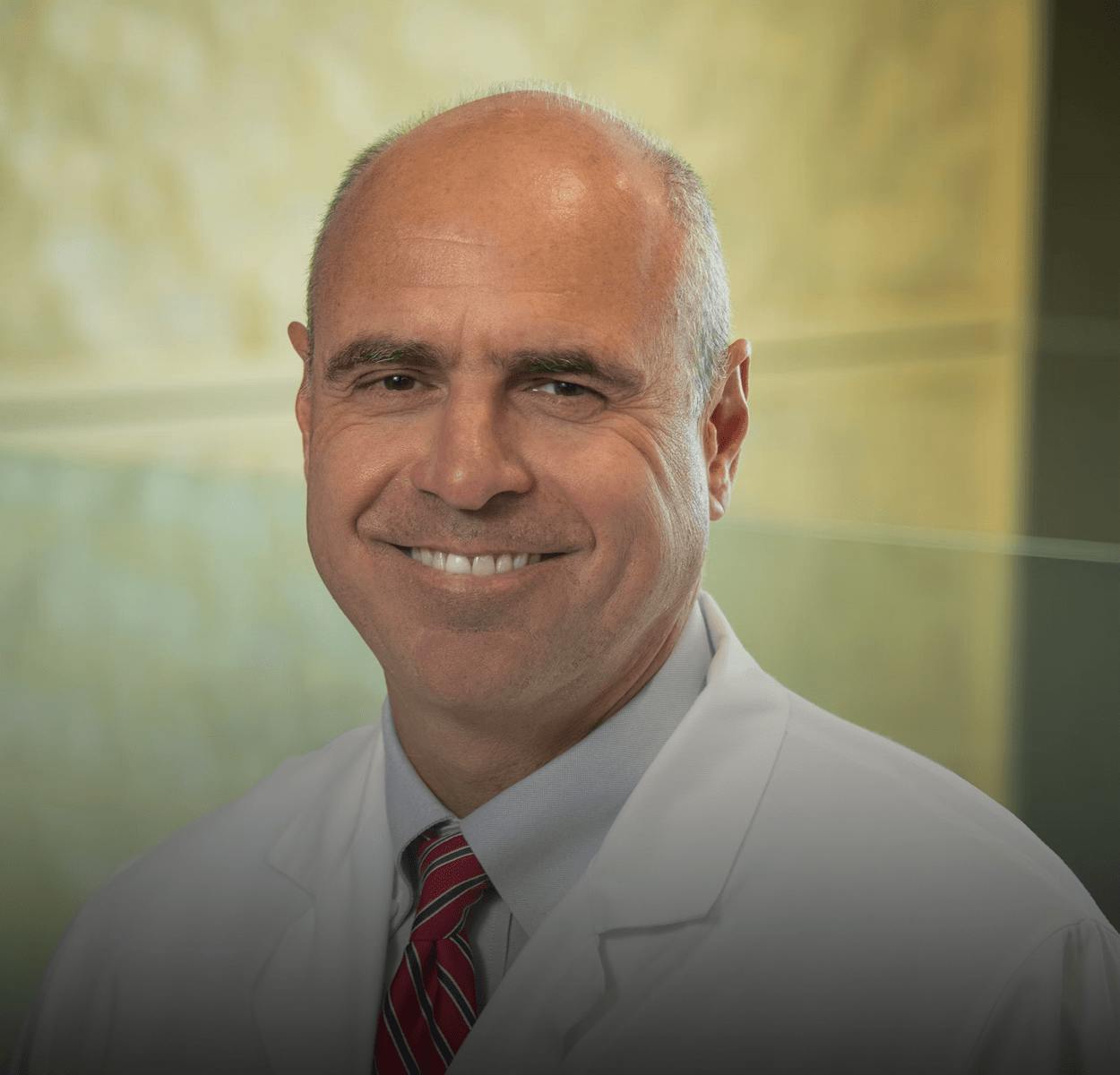If you notice an unusual growth on your skin, contact us for a skin cancer and melanoma screening. Our board-certified plastic surgeons will diagnose and treat the condition.
What Causes Melanoma?
The cause of melanoma is unclear. It is generally agreed that sunlight and ultraviolet light exposure can increase the risk of melanoma. Ultraviolet light may damage the DNA in cells. This can cause melanocyes, or pigment-producing cells, begin to grow and spread abnormally.
Unfortunately, even a few severe sunburns early in life, may increase the risk of melanoma. There is even some data that suggests that tanning beds may increase the risk of melanoma.
Other risk factors for melanoma include:
- Atypical or dysplastic nevi (moles)
- Large congenital nevi
- Fair skin, red or blonde hair, blue or green eyes
- Difficulty tanning, with a tendency to get sunburn
- Tendency to freckle
- Personal or family history of melanoma
- Immunosuppression
- Xeroderma
- Pigmentosa (a rare skin disease)







